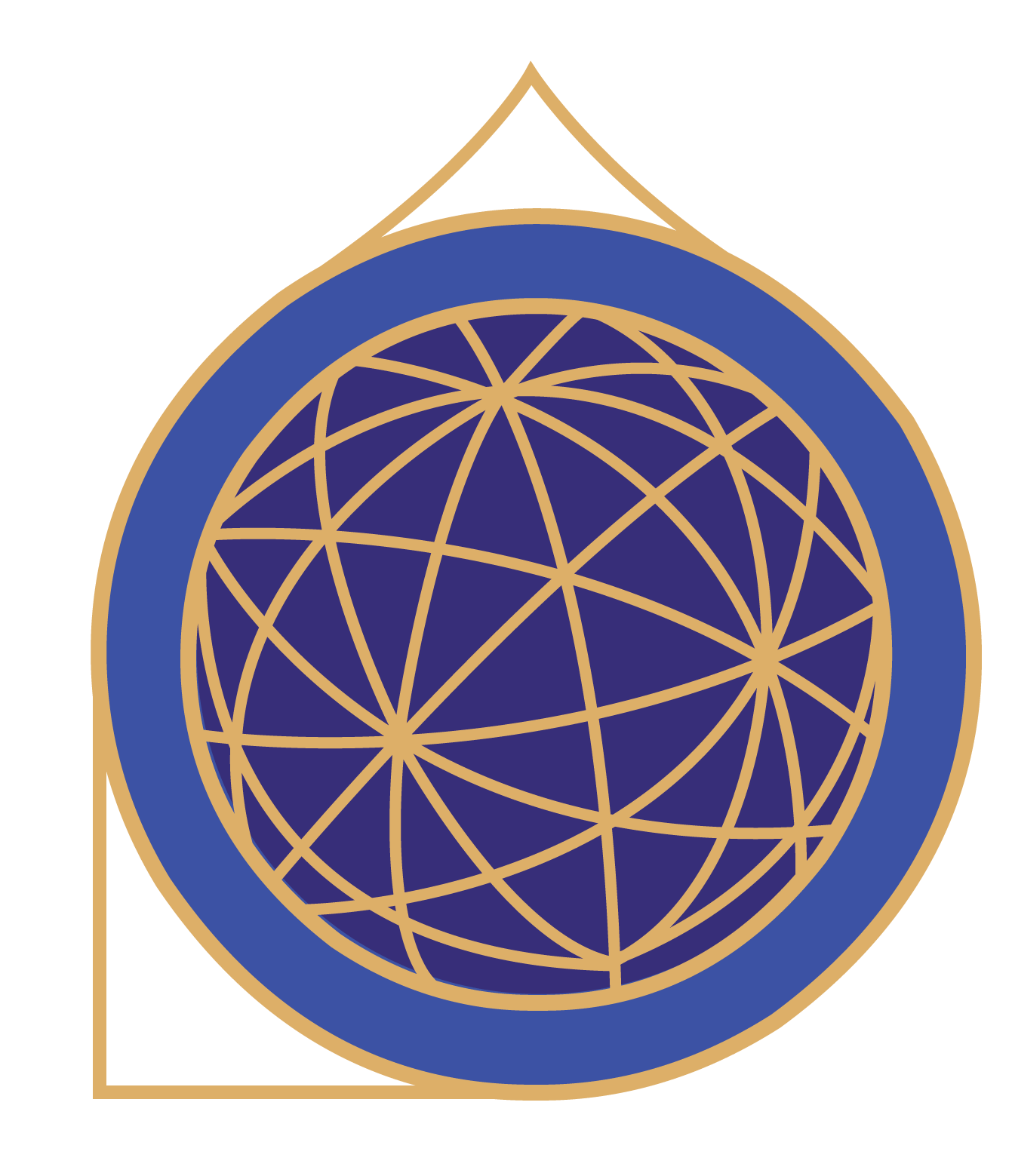Sulla soglia del portale principale di San Marco, se alziamo gli occhi a guardare sulla verticale della nostra testa, scorgiamo, ai due lati di un complesso nodo formato da elementi vegetali, due uccelli rapaci, simmetricamente collocati: a sinistra un'aquila-sparviero che si eleva con la preda fra gli artigli; a destra, l'aquila-sparviero che piomba sulla preda.
Vengono in mente le due classiche denominazioni Vultur Volans e Vultur Cadens, date rispettivamente ad Altair (a Aquilæ), e Vega (a Lyræ), due fra le più luminose stelle nell'emisfero nord. Il nome Vega viene dall'arabo 'al-Naşr al-Wāķi' che significa "l'aquila, o falco, nell'atto di piombare sulla preda", mentre Altair allo stesso modo deriva da 'al-Naşr al Ta'ir', che significa "l'aquila in volo".
If we look above our head on the threshold of St. Mark's main portal, we can see, placed symmetrically on either side of an elaborate vegetal knot, two birds of prey: on the left, an eagle-falcon soaring, with a small quadruped in its claws; on the right, the eagle-falcon swooping on the prey.
One is reminded of the two classic names: Vultur Volans and Vultur Cadens, given respectively to Altair (a Aquilæ), and Vega (a Lyræ), two of the brightest stars in the northern hemisphere.
The name Vega comes from the Arabic 'al-Naşr al-Wāķi', "the eagle, or vulture, swooping", whereas Altair comes from 'al-Naşr al Ta'ir', which means "the soaring eagle".
Vincenzo Coronelli, Celestial Globe of 1693 (edition 1803)
(immagine rovesciata specularmente / image reversed specularly)
Venezia, Museo Storico Navale
Foto: Chiara Enzo and Marta Naturale, 2016
Il "Triangolo estivo" e l'arcone marciano
Le due Aquile celesti formano il lato inferiore dall'asterismo noto come il "Triangolo Estivo" (dal periodo nel quale è particolarmente visibile) o "Triangolo del Viaggiatore". Il triangolo ruota lentamente su se stesso nel cielo notturno, permettendo ai viaggiatori di individuare il Nord e di calcolare l'ora.
Il vertice superiore del triangolo è costituito da Deneb, la stella più luminosa della costellazione Cygnus. In questa costellazione, nota per la sua forma anche come la Croce del Nord, si è identificato fin dai tempi antichissimi un cigno in volo, in atto di tuffarsi verso terra con la testa in basso.
Nell'arcone marciano le disposizione simmetrica delle due aquile, Altair e Vega, al centro della composizione, evoca un momento astronomico particolare, la metà esatta dell'estate, celebrato dall'antichissima festa cinese di Quixi: la sola notte dell'anno in cui la stella Deneb (vertice del Triangolo Estivo) si colloca al centro della Via Lattea, tra Altair e Vega, divenendo un ponte tra le due sponde del fiume celeste.
The "summer triangle" and st. mark's main portal
The two celestial Eagles mark the lower side of the asterism know as 'The Traveller's Triangle' or 'The Summer Triangle' (Summer being the season in which it is particularly visible). The Triangle rotates slowly on itself in the night sky, allowing the travellers to locate the North and to calculate the hour.
The top vertex of the triangle is Deneb, the brightest star of Cygnus. This constellation, also known for its shape as The Northern Cross, has been identified since ancient times with the figure of a swan in flight, in the act of plunging, head down, towards the ground.
In St. Mark, the symmetrical arrangement of the two Eagles evokes a particular astronomical moment, the midsummer day, celebrated in the ancient Chinese Quixi festival: the only night of the year in which Deneb forms a bridge between Altair and Vega, on the opposite sides of the glittering celestial river of the Milky Way.
Le due Aquile e Cygnus
Vincenzo Coronelli, Globo Celeste / Celestial globe, 1693
Esemplare del 1803, ristampa dai rami originali / Edition 1803, engraved from the original plates
Venezia, Museo Storico Navale, Inv. N° 5935
Foto: Chiara Enzo and Marta Naturale, 2016
Vultur Volans
Da / From: Regiomontanus,
Kalendarius Teutsch Maister Joannis Küngspergers
Das buechlin behend du Billich lernen solt Vnd achte es[n] für edel gestain silber vn[d] Golt..., Augsburg, Syttich, 1512
xilografia / woodcut
Credits: Deutsche Fotothek
Altair, “l’Aquila mentre
si leva”, come indicatore
del Nord
Da/ From: Olaus Magnus, Carta Marina, Venezia 1539, part./detail
xilografia colorata a mano / hand-coloured woodcut
Venezia, Museo Storico
Navale
Vega, "l'Aquila che piomba sulla preda" / Vega, "The Swooping Eagle"
Patera, secolo XII / 12th century
Marmo greco / Greek marble, diam. 30 cm ca.
Venezia, Chiesa di Santa Maria dei Carmini
Foto: Lorenzo Peter Castelletto, 2016




![ Vultur VolansDa / From: Regiomontanus, Kalendarius Teutsch Maister Joannis Küngspergers Das buechlin behend du Billich lernen solt Vnd achte es[n] für edel gestain silber vn[d] Golt..., Augsburg, Syttich, 1512xilografia / woodcu…](https://images.squarespace-cdn.com/content/v1/57c003a2e3df2854ac670b53/1478818021897-U5A2QZFKSKK1BSCCSUQ7/Fig_7.jpg)

